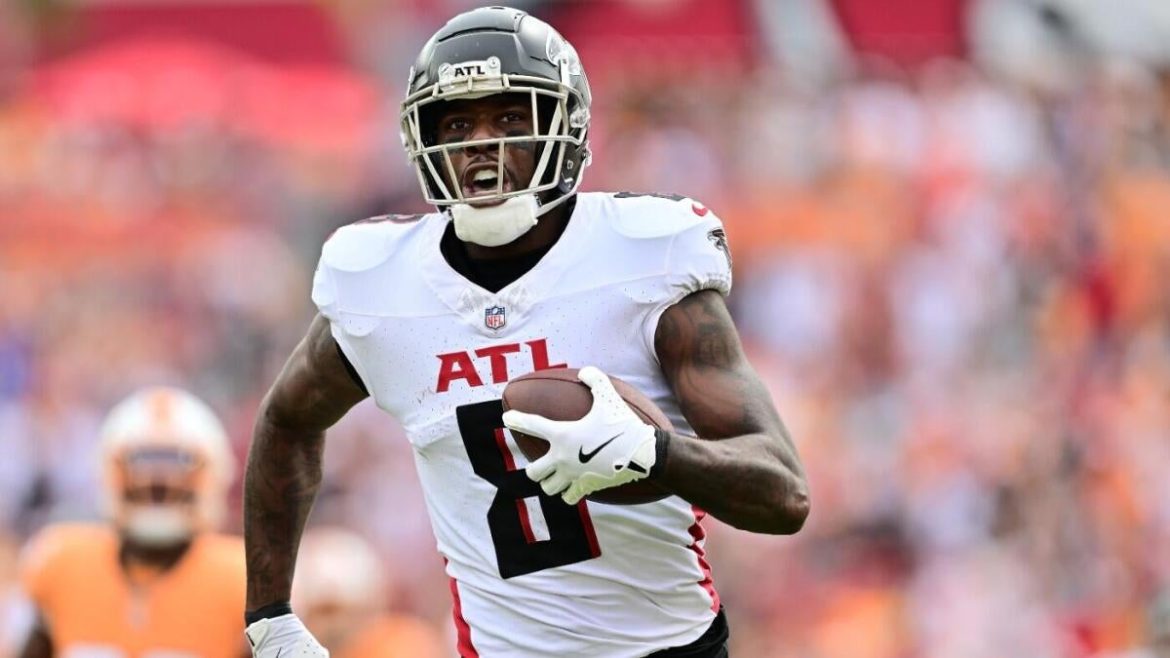The Kyle Pitts Trade Saga and Its Implications for the 2025 NFL Draft and Beyond
The ongoing buzz surrounding Atlanta Falcons tight end Kyle Pitts has become one of the most discussed narratives in NFL circles as the 2025 season approaches. A player once heralded for his immense potential, Pitts now sits at a complicated crossroads that could reshape multiple franchises. This detailed analysis explores the dynamics of the rumors, trade speculation, contract considerations, and the broader NFL draft landscape affected by his status.
—
Kyle Pitts: A Promising Yet Puzzling Career Trajectory
Drafted fourth overall in 2021, Kyle Pitts entered the league amid great fanfare as a rare tight end prospect with wide receiver-like skills. His rookie career showed flashes of brilliance—highlighted by over 1,000 receiving yards and 68 receptions in his first two seasons—but coupled with some inconsistency and questions about fitting into the Falcons’ evolving offensive schemes.
The 2025 season will be pivotal, marking the final year of Pitts’ rookie contract with the Falcons exercising his fifth-year option valued at approximately $10.9 million. This option, intriguingly structured with ambiguity on his position designation (tight end vs. wide receiver), affects both salary cap accounting and trade value. If classified as a wide receiver, the cap hit could rise to about $19.4 million in 2025, creating additional financial considerations for Atlanta.
—
Falcons’ Strategic Considerations: To Trade or To Keep?
The Falcons’ front office appears to be wrestling with significant strategic decisions concerning Pitts. Multiple sources and insiders report that Atlanta is “very open” and even actively seeking potential trade opportunities. Trading Pitts could free up salary cap space and offer draft capital—particularly a future first-round pick—to help rebuild or reinforce positions of need.
Notably, a proposed seven-round mock draft scenario illustrates the Falcons trading Pitts to the Dallas Cowboys. This deal would see Atlanta move up three spots in the first round to secure an ascending edge rusher, addressing a critical defensive need. Such a blockbuster trade would be emblematic of the Falcons’ current rebuilding mindset, prioritizing roster balance over retaining a high-profile but inconsistent offensive weapon.
—
Trade Destinations and Suitability
While Dallas occupies a prominent spot among potential trade suitors—sparking conversation about Pitts remedying their tight end struggles—other teams are also contenders for acquiring him. Experts highlight at least five possible landing destinations for Pitts, emphasizing teams with pressing tight end needs and compatible offensive schemes.
Trade rumors persist despite Falcons offensive coordinator Zac Robinson projecting a “big jump” in Pitts’ performance in 2025. The juxtaposition of optimism within the Falcons’ coaching staff and the willingness of the front office to trade him suggests organizational ambivalence or strategic pragmatism.
—
The Broader NFL Draft and Roster Impact
The implications of trading a player like Kyle Pitts extend beyond a bilateral transaction; they ripple through the draft and roster construction of several teams.
For the Falcons, trading Pitts potentially means accumulating draft capital to address multiple areas, from offensive line depth to edge rusher talent—the latter evident in their targeted draft moves, including prior trades for players like James Pearce Jr. and the drafting of Jalon Walker. Their draft approach—highlighted by aggressive maneuvers and trade activity—reflects a willingness to leverage assets like Pitts to recalibrate franchise direction.
Meanwhile, teams like the Cowboys, who could acquire Pitts, must balance his cap hit and performance variability with their championship aspirations. Other potential suitors have similar considerations, weighing Pitts’ talent against his contract, injury history, and fit within their offensive philosophies.
—
Potential Effects on the NFC Landscape and Playoff Contenders
Trading Pitts to a team with strong offensive capabilities or established quarterback stability could amplify their offense significantly. Speculations posit that such a move could make the receiving team—especially a top NFC contender like Dallas—formidably unstoppable, adding a versatile weapon to complement their existing core.
Simultaneously, speculative trade-block maneuvers will influence competitive dynamics across the NFC and AFC. Teams jockeying for wildcard or divisional positioning will reassess their rosters, strategies, and draft plans in light of a major trade involving a player of Pitts’ caliber.
—
Conclusion: A Defining Crossroads for Kyle Pitts and the Falcons
Kyle Pitts embodies both promise and complexity in today’s NFL business environment. His situation highlights the delicate balance franchises face between patience with developing talent and strategic roster management focused on long-term success.
For the Falcons, the decision to potentially trade their high-profile tight end signals a pragmatic shift amid rebuilding efforts, driven by fiscal and positional priorities. For acquiring teams, Pitts represents an intriguing gamble—balancing high reward potential against existing uncertainties.
As the 2025 NFL Draft approaches, the narrative surrounding Kyle Pitts will remain a focal point, emblematic of modern NFL dynamics where player movement, contract structuring, and draft strategy intertwine. Ultimately, the resolution of this saga promises to have lasting impacts not just on the Falcons and Pitts himself, but across multiple franchises—as they blaze new paths toward competitiveness in an ever-evolving league landscape.





